Keeping a well-stocked pantry is a little like investing in the stock market (stay with me here). You’re buying now in hopes that you’ll reap dividends later. And like the market, you want to minimize how much you spend so that your rewards are that much more rewarding. And, of course, you hope not to buy something that just sits around and goes bad, the financial equivalent of that mystery can that’s been in your pantry for years (maybe decades).
And we do think of stocking up sustainably in terms of investment. We want a sustainable backstock that makes it easy to pull together healthy food, doesn’t cost a fortune, doesn’t produce extra trash, and ensures we're covered in an unexpected situation (which are more and more expected these days).
If you’ve been following along, you know we’ve been thinking and writing a lot about how to stock up sustainably and what product swaps we can make along the way to produce less trash, especially plastic trash.
Trash Talk #3: Stock Options
Broth or stock is one of those pantry staples you always want to have around. It typically makes all the “how to stock your pantry” lists (like this one and this one) because it works versatile wonders in soups and stews and pastas and rice and, well, lots of things.
The thing is, most of the broth we buy comes in aseptic containers—the waxy-feeling cartons that seem like a cross between paper and plastic. As we learned with milk cartons, aseptic containers are not always recyclable or don’t get recycled if they are.
And even in places where the carton is recyclable, the plastic lid is probably not. In fact, it turns out those plastic lids are consistently among the top pieces of consumer trash found in the ocean.
According to the Ocean Conservancy’s 2020 report (see page 15), four of the top five items found during their annual coastal cleanup are plastic, with plastic bottles at number three and small beverage and carton lids at number four.
Can we do better?
Ask your city. Find out if you can recycle aseptic cartons in your city. And ask what they do with the lids. In some cases, you can recycle the lid too, but only if you leave it on the carton or bottle.
Consider canned and jarred options. Next time you’re in the market for stock, see what canned or glass options you have at your local shop. This includes jarred, scoopable bouillon powder.
DIY—It’s truly easy and so so cheap. It goes like this: Every time you chop veggies or spices, put the scraps in a jar in your freezer. When the jar is full, dump it in a pot, cover with water, and simmer for a bit. Adjust seasoning and strain. Done! Yes, you can find more complicated recipes, but that’s the basic the simple and basic way to make your own broth.
As with our other swaps—it’s not all or nothing. To cut back is not to eliminate. Some days are really busy and hectic and you need the broth but don’t have any made. That’s what you’re back stock is for. Reach in there and don’t feel guilty about it. Just make some more DIY stock when you have the chance.
Because, now you’ve got stock options. And you're invested.


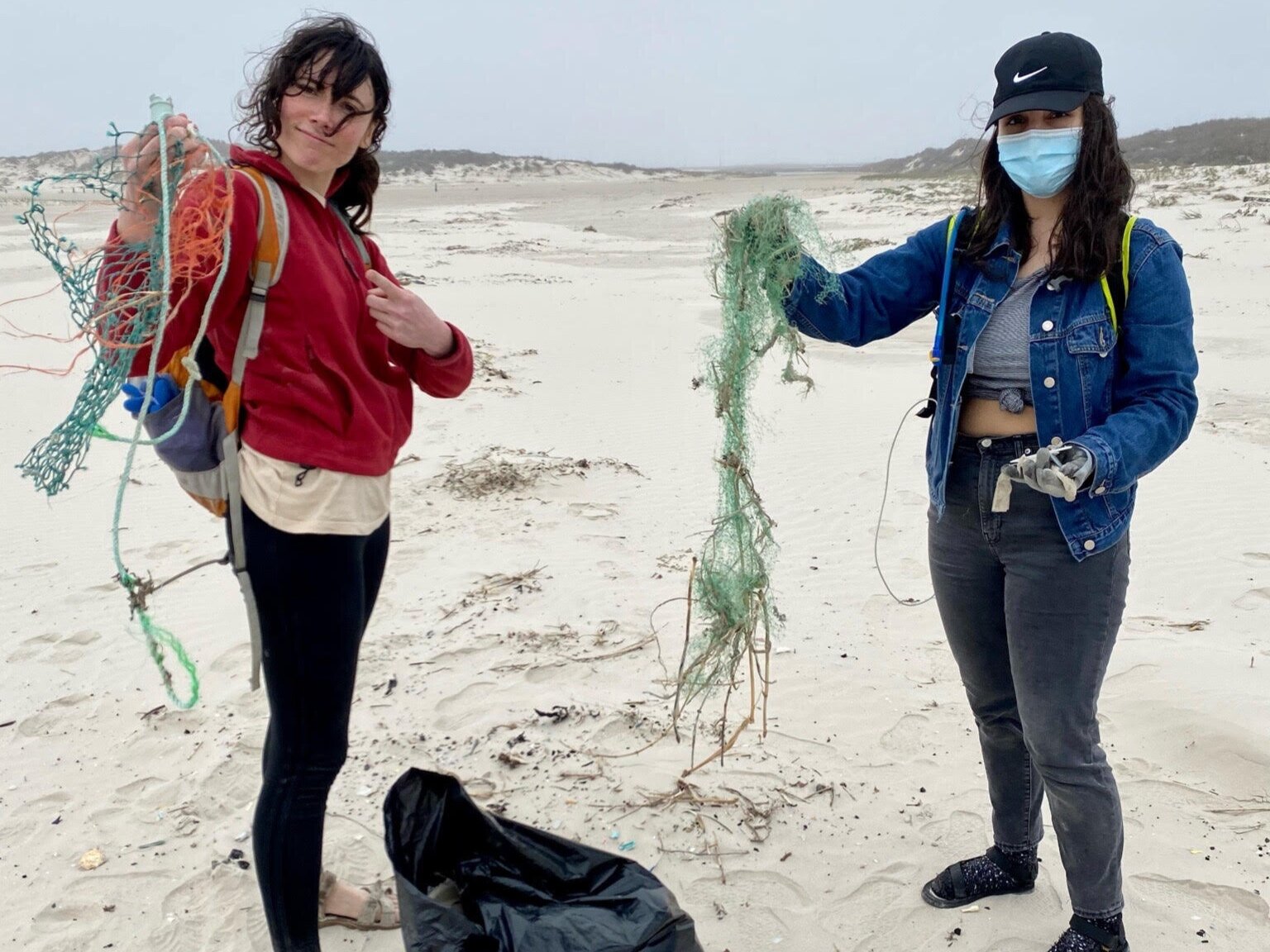



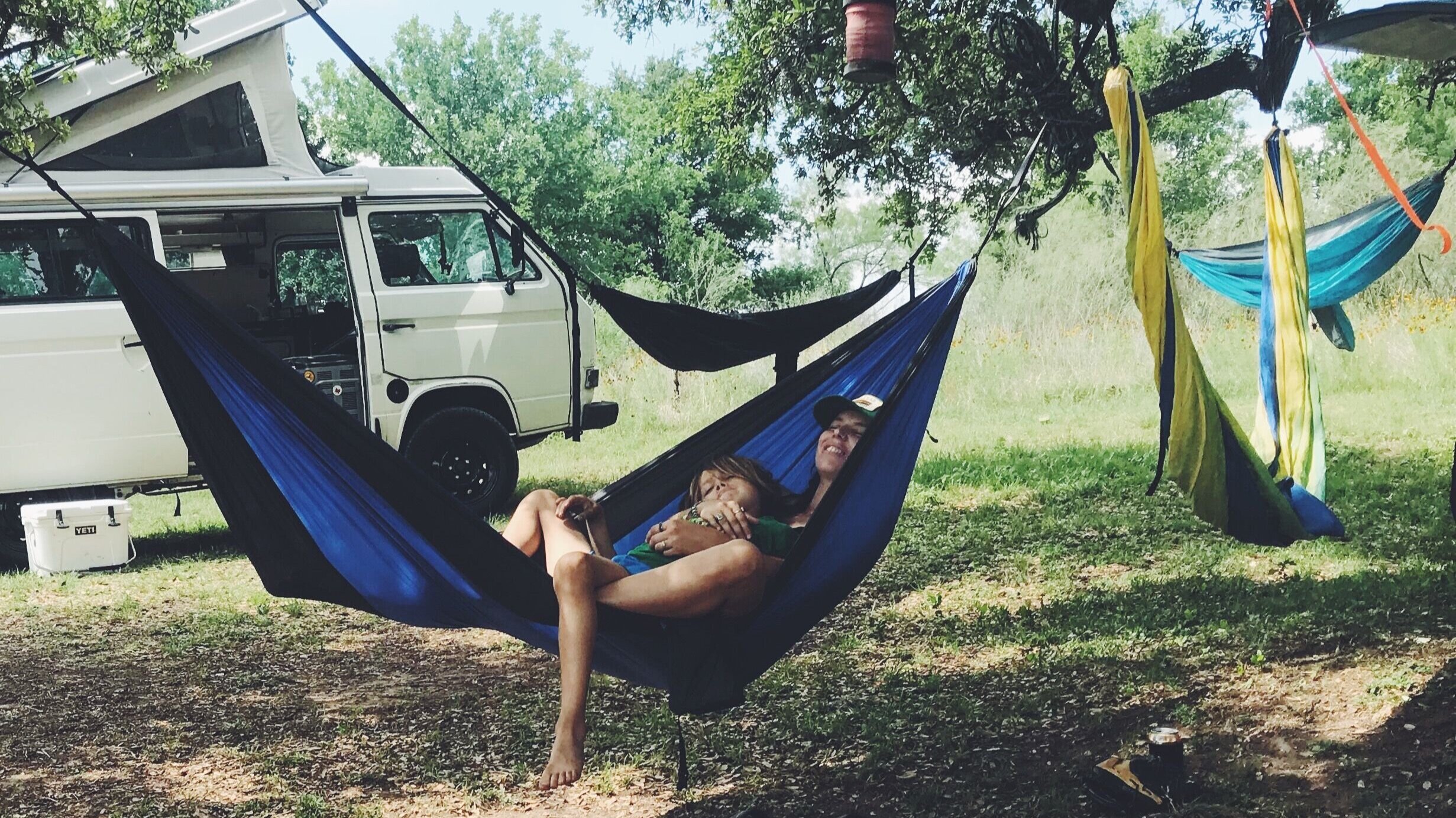
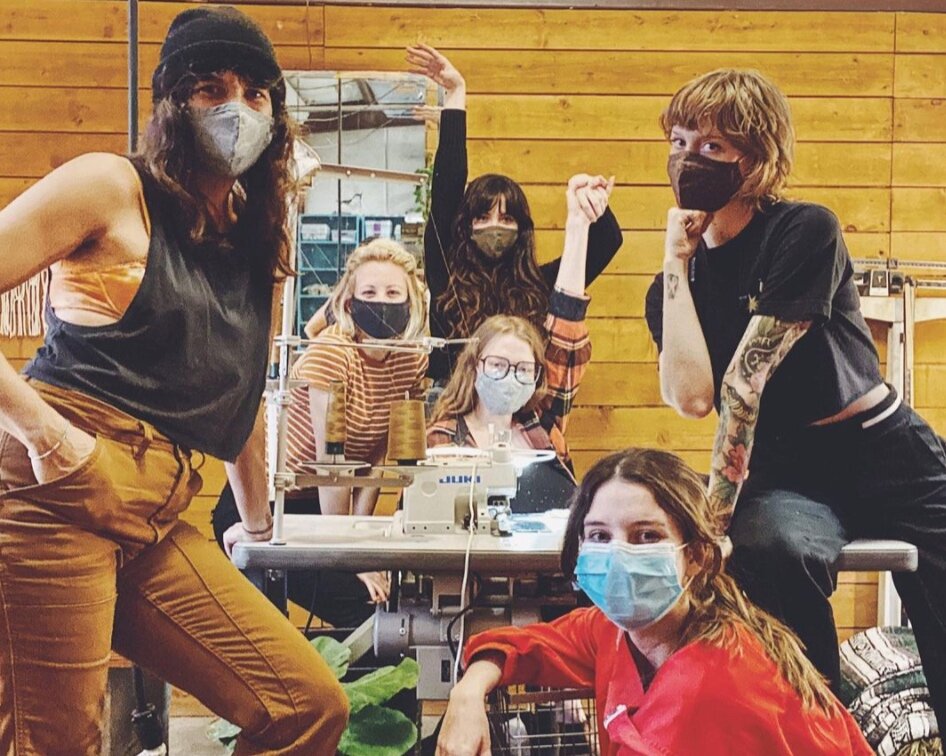


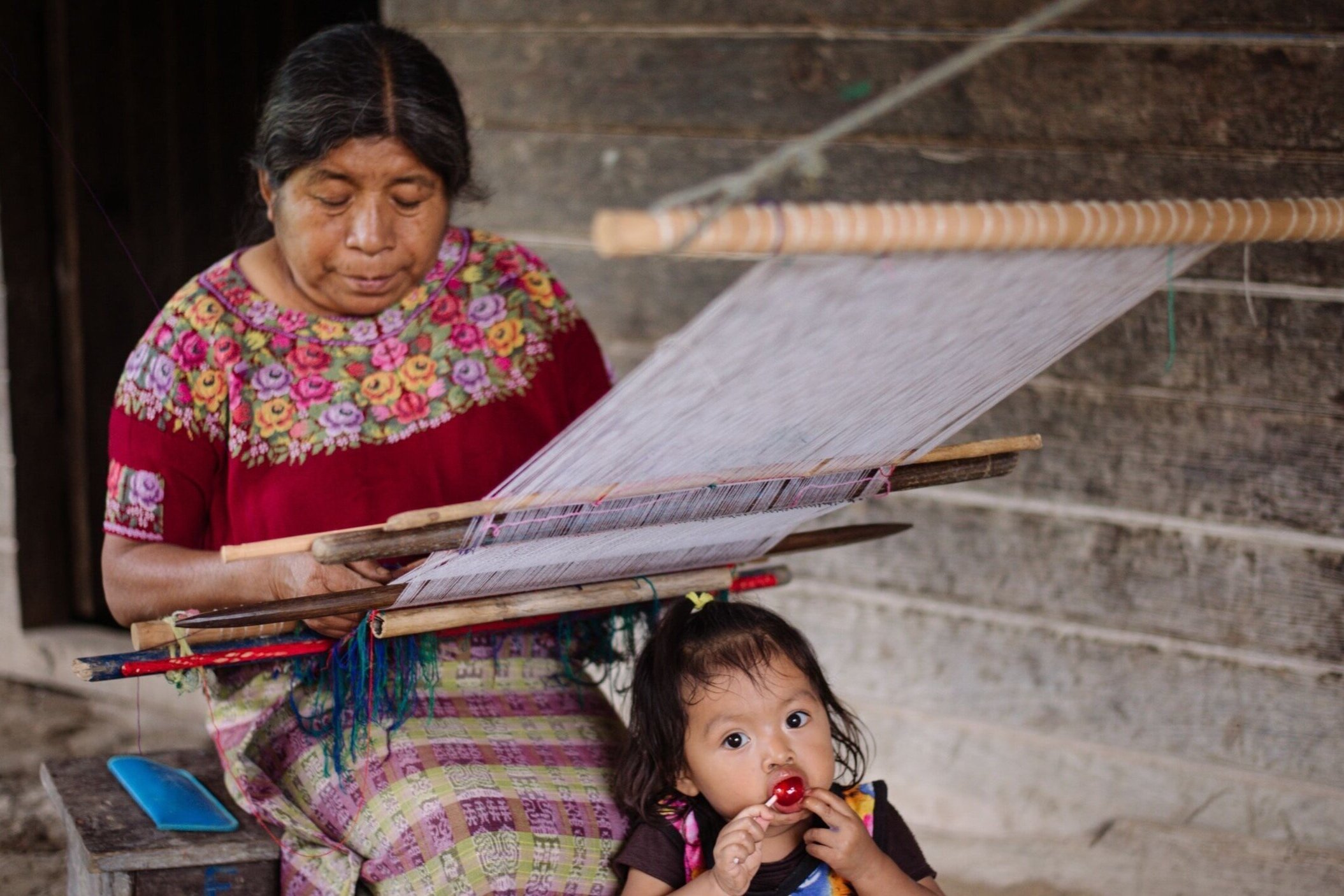
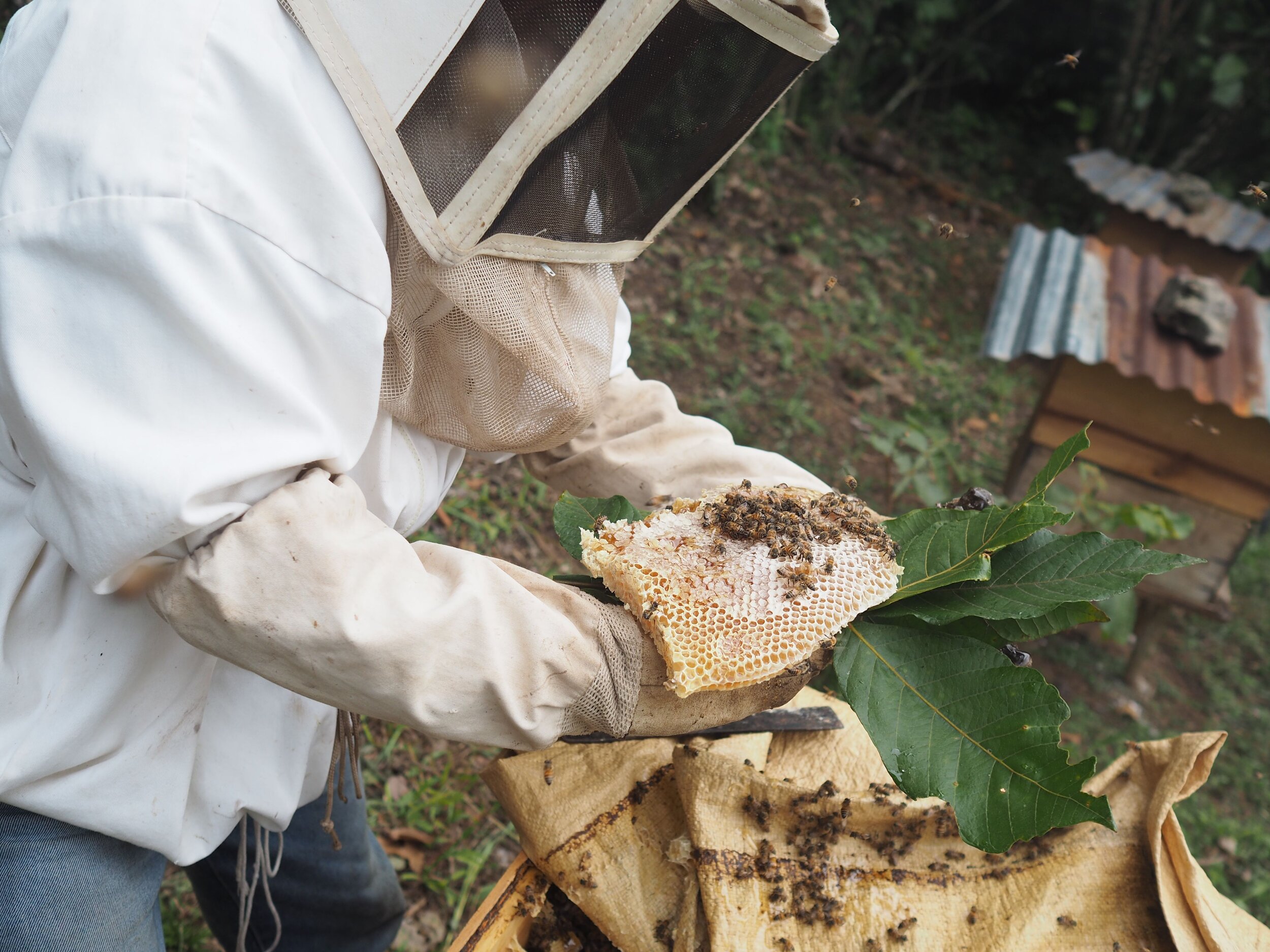
















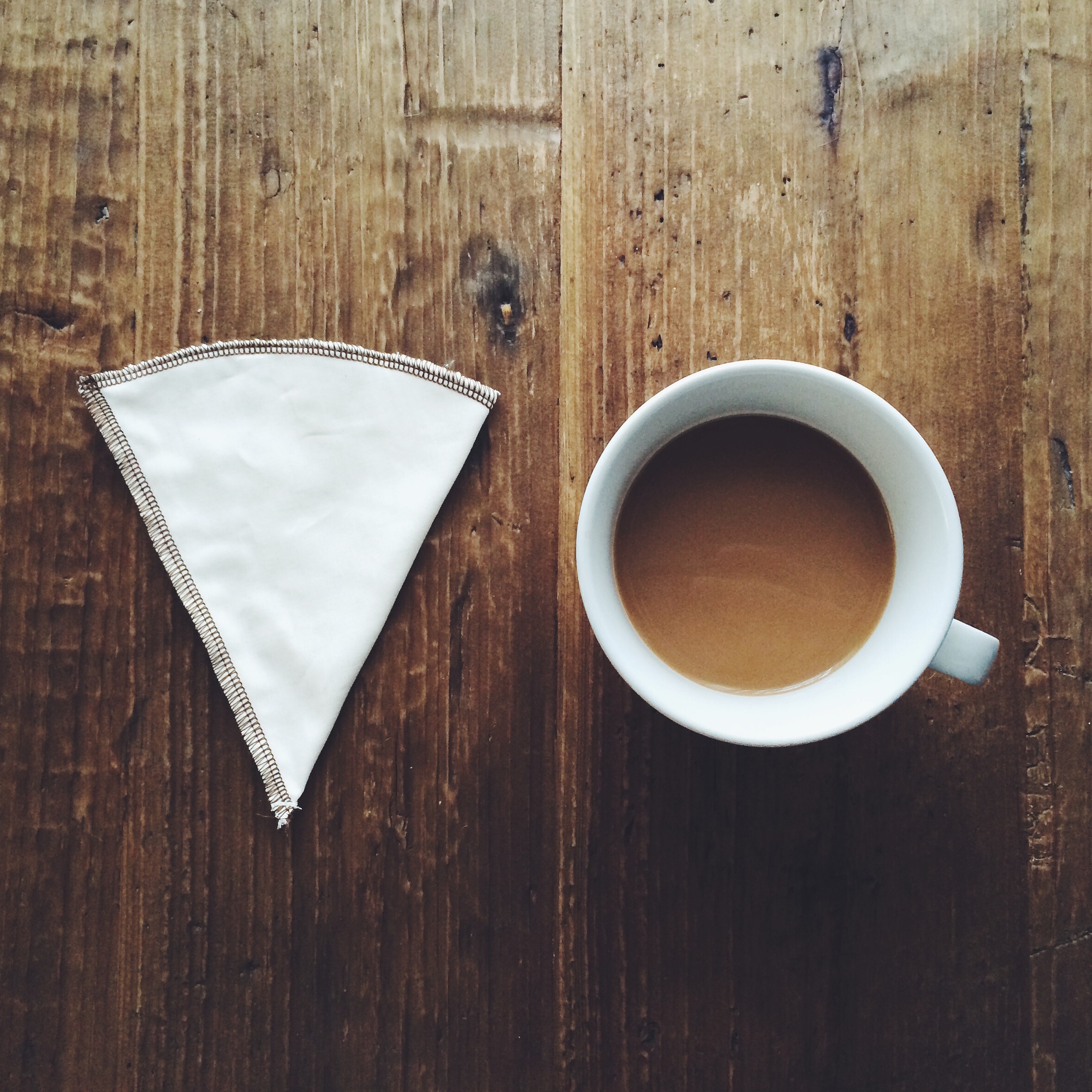


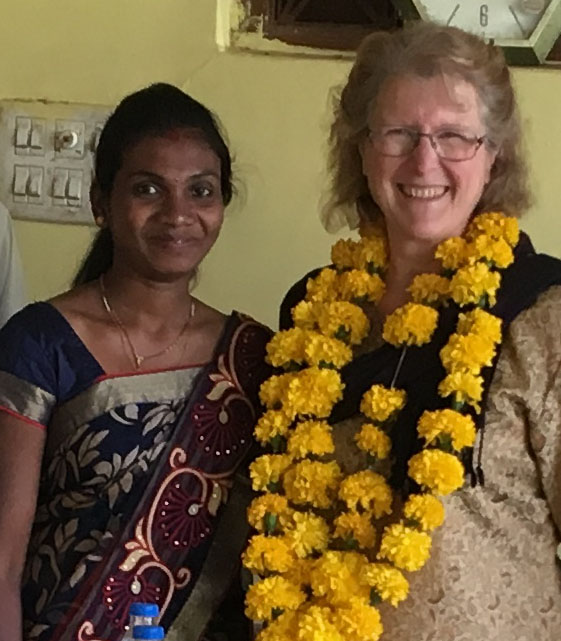




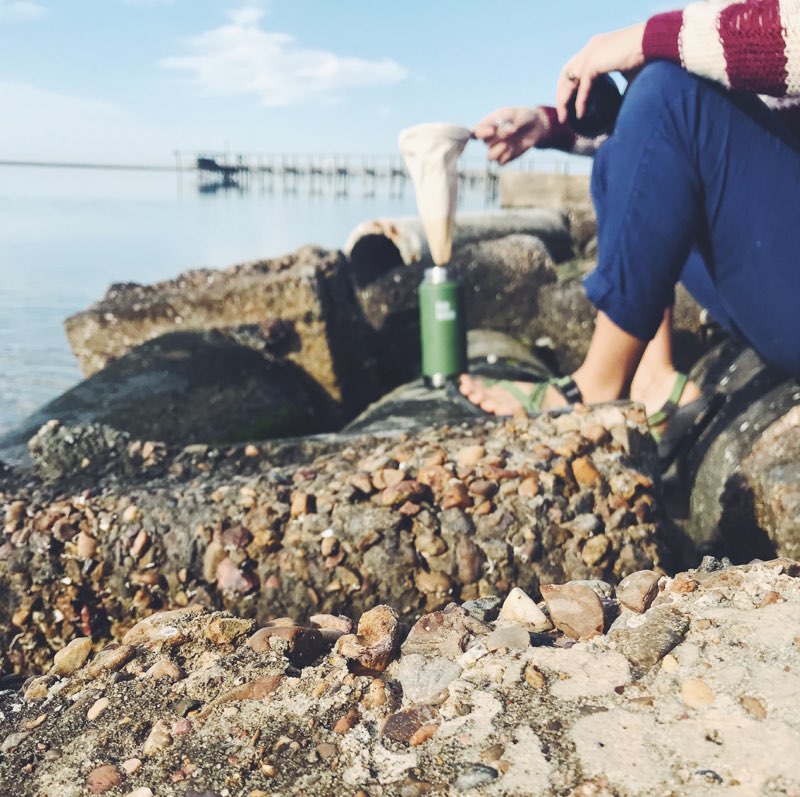
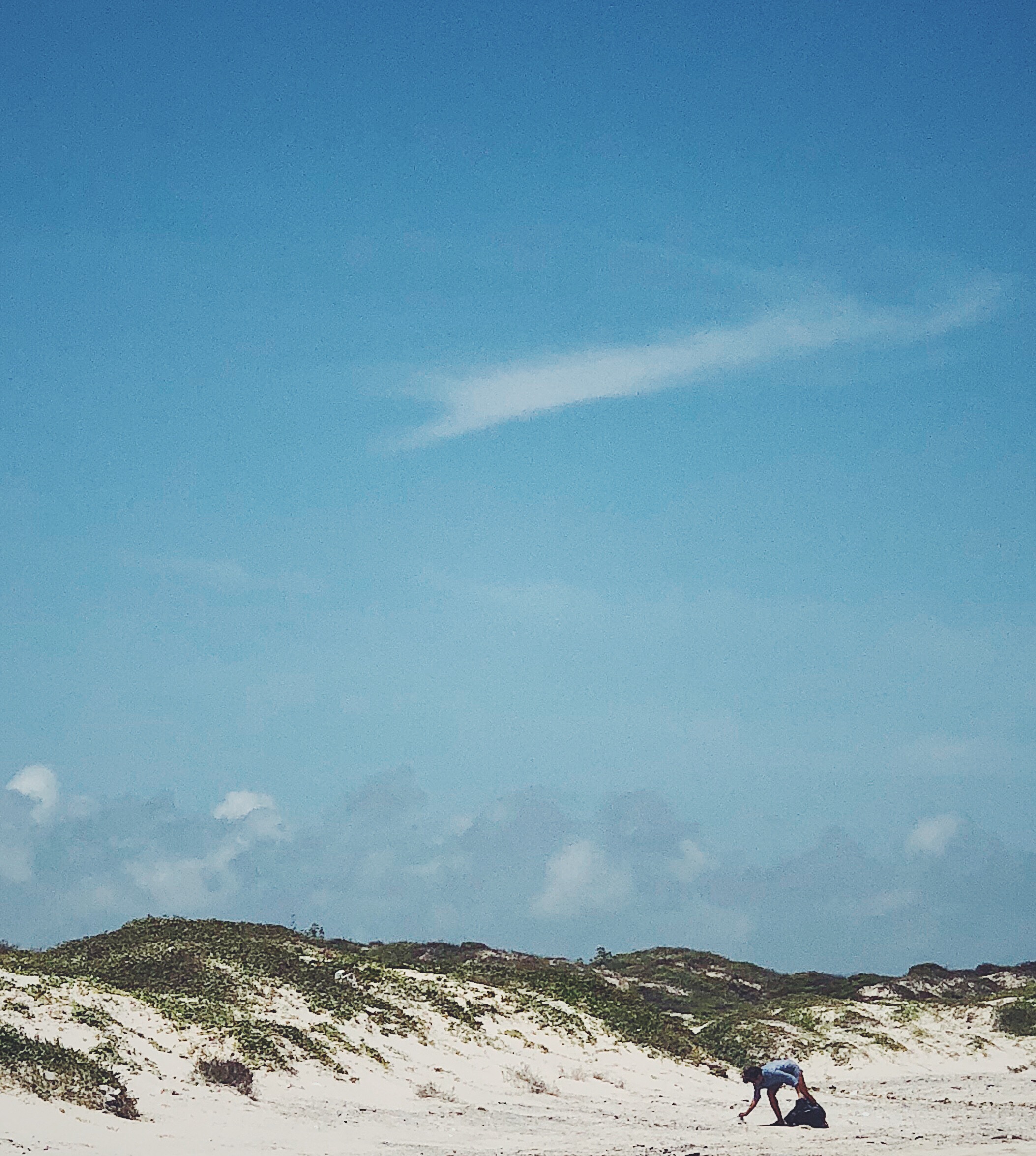
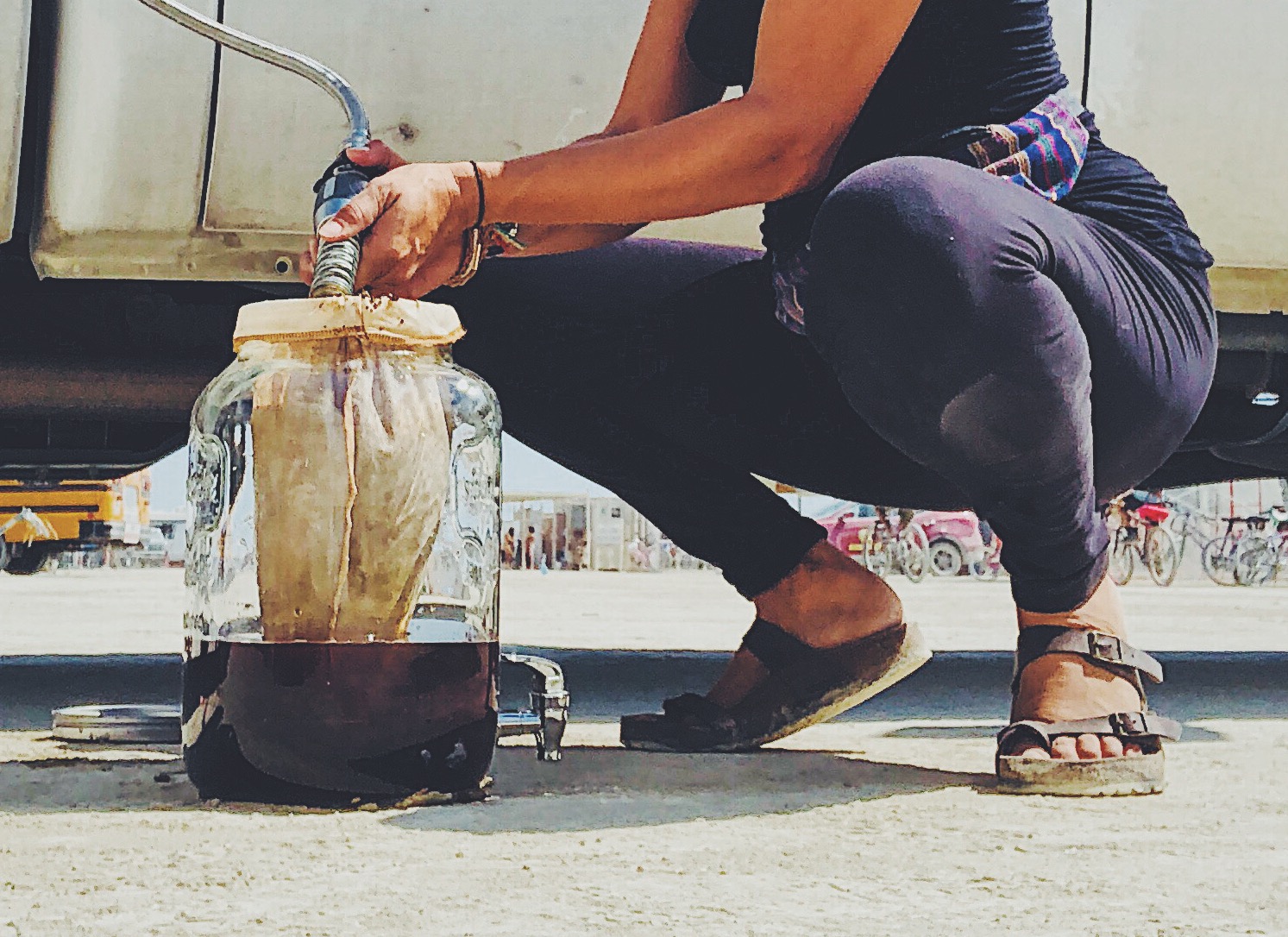
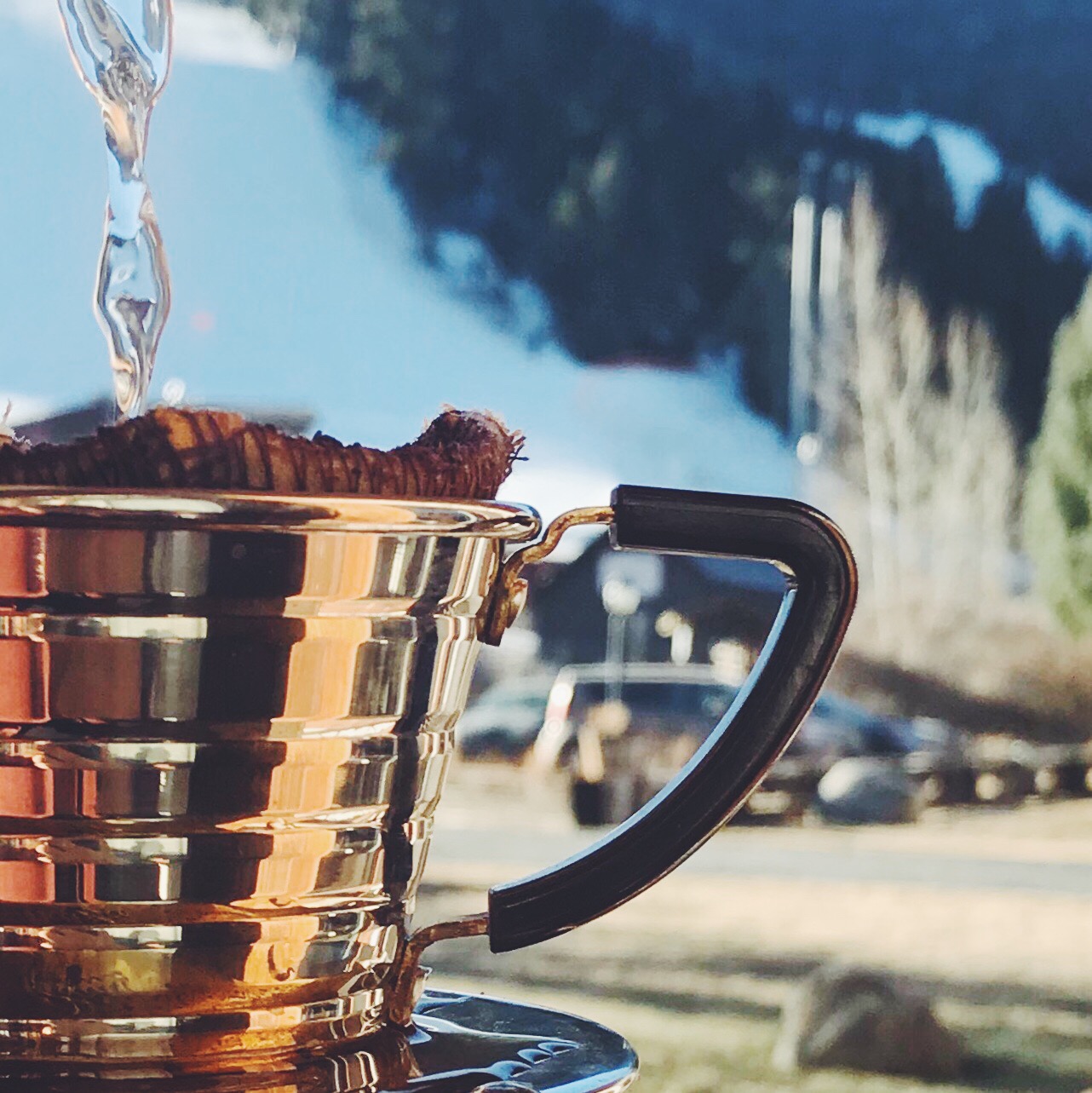
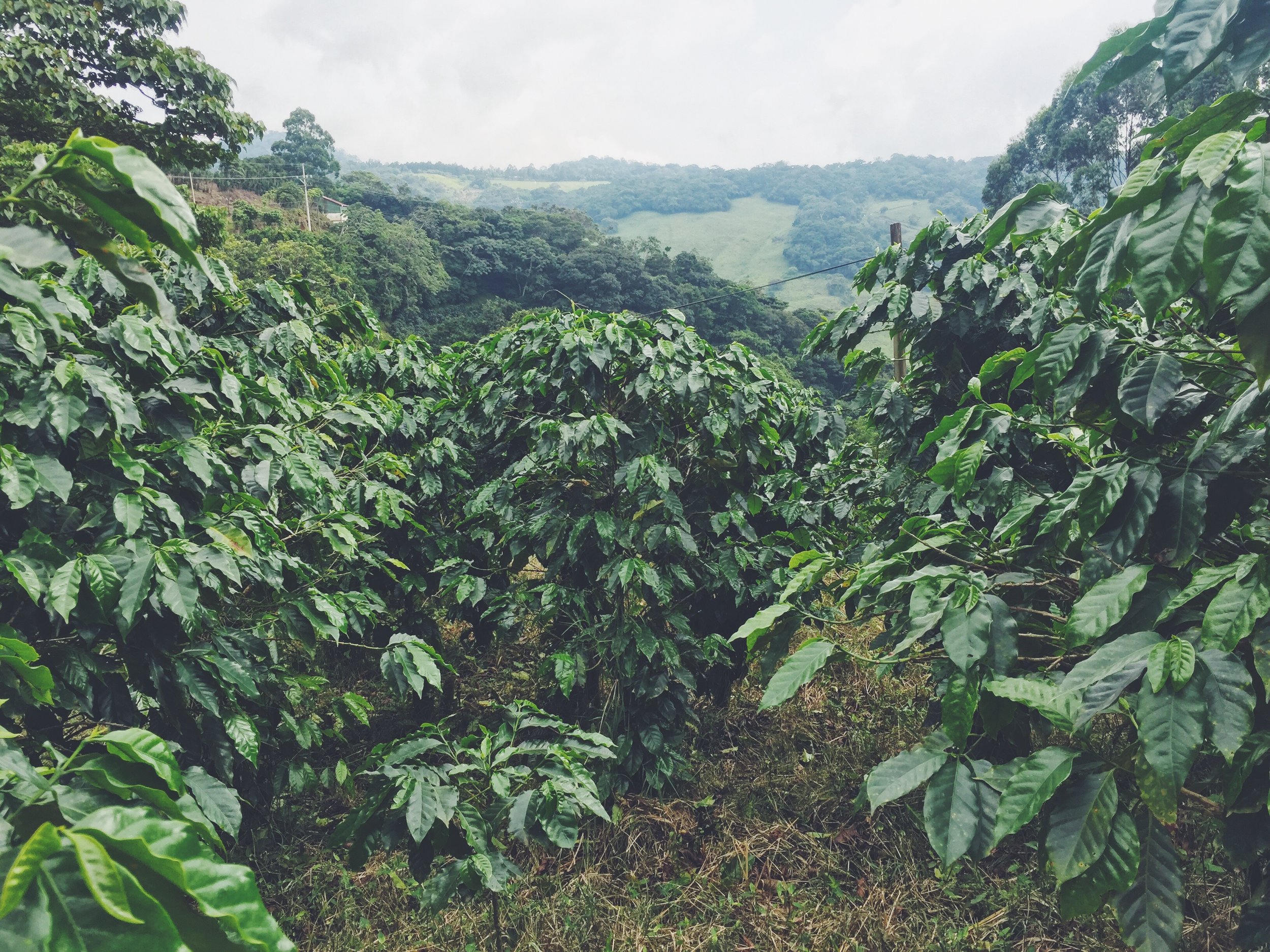
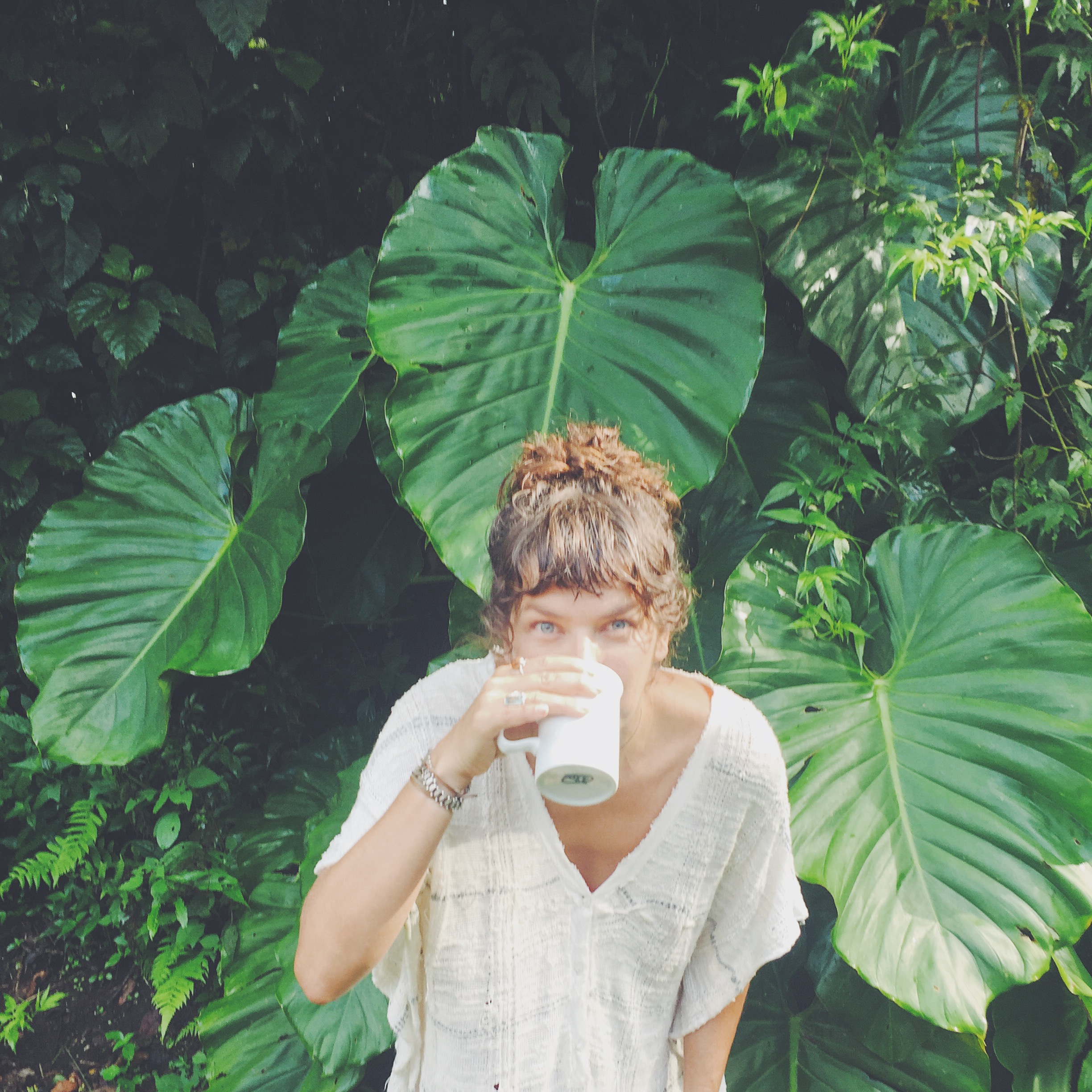
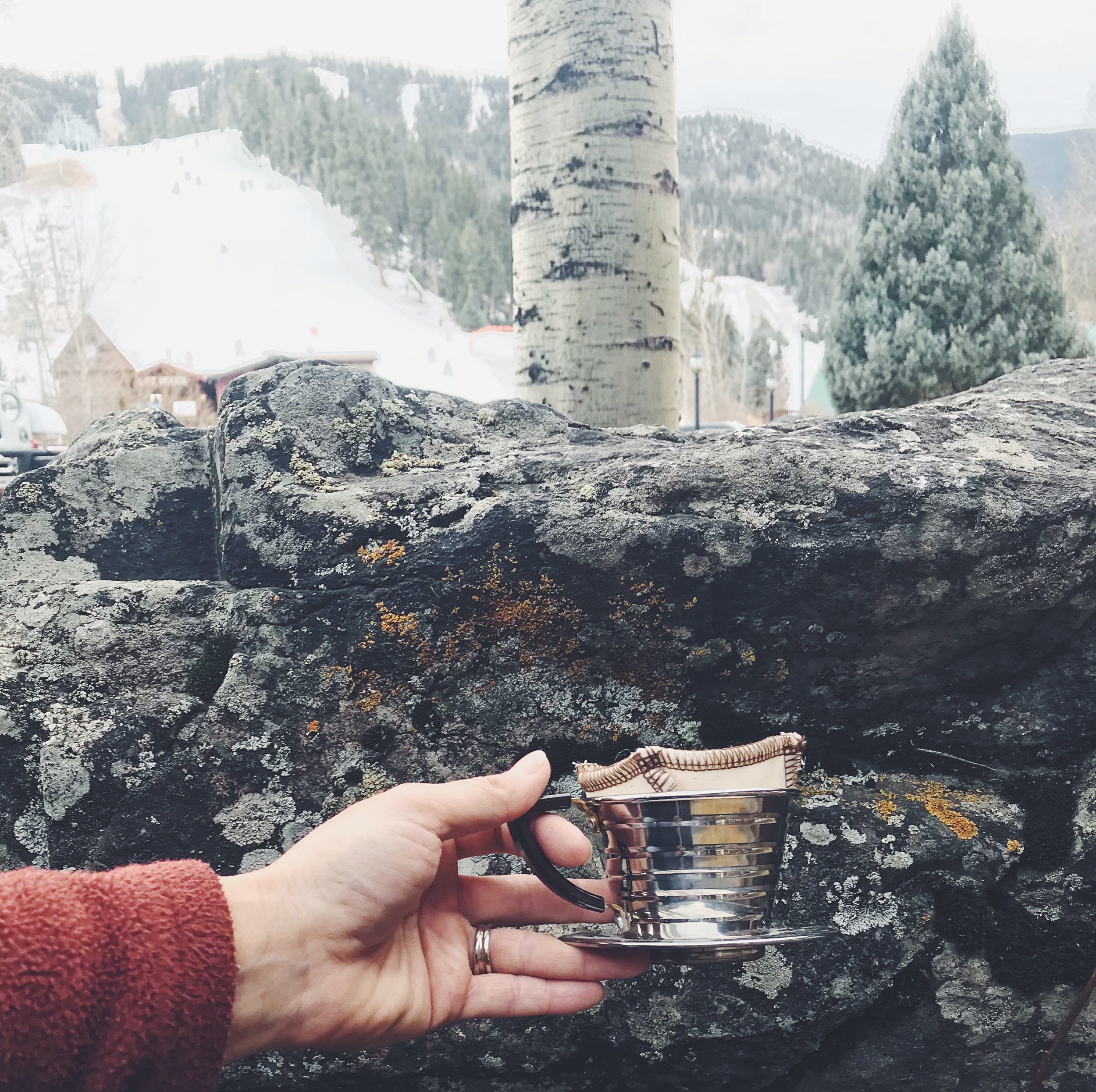
![S Aziz123 [CC BY-SA 4.0 (https://creativecommons.org/licenses/by-sa/4.0)], from Wikimedia Commons](https://images.squarespace-cdn.com/content/v1/56f4a20f86db433fc5a83e2b/1545181519905-KC165TZJTMKZ5M6GNW5P/cotton.jpg)







